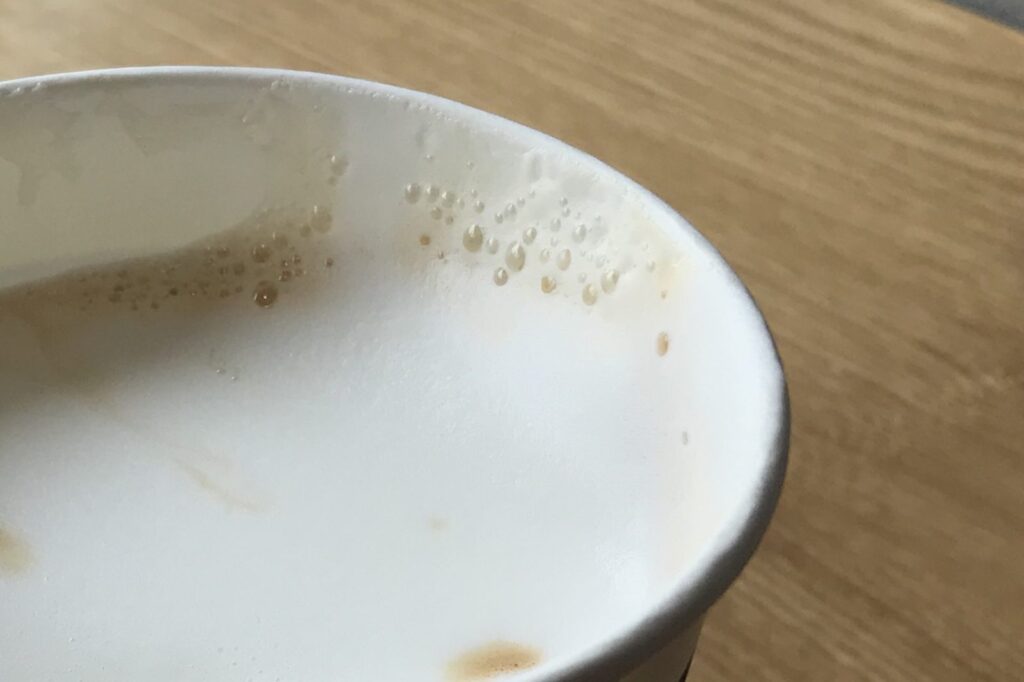Luckin coffee or what they keep silent about coffee in China

The first thing I heard quite a long time ago was Luckin Coffee (Luckin) — the Starbucks killer. We, as a "vaccinated" people, no longer react to such headlines, thanks to the engine of trade. But there is something that after some time I think you need to know if you live in China and have not tried this coffee yet. Why you should try coffee at all, we will leave for discussions when we meet.
The first time I went in for coffee was a year later and here's what I learned from the facts:
- Payment can only be made via the app (WeChat), cash is not accepted;
- Lakin is primarily a delivery business - there are bags and purses for couriers everywhere, and only two chairs in the hall;
- There are no horn machines, only automatic machines like those at gas stations (for example, Neste or Gazprom), but the beans are very good, because the taste of the coffee is bright and rich;
- For my first cup, instead of ¥24, I paid only ¥12—a discount for my first purchase;
- The taste is familiar, like at home, not diluted as is always the case in China, but tart, just the way I like it;
- Special foam. Thick, I have never tried anything like it before.
- The bright and rich taste of the coffee itself

Not counting the foam, which I don't know yet whether it is standard in coffee shops or I was just lucky, but it was definitely a reason to write a post about coffee shops in China. Considering that I have practically stopped drinking coffee. I definitely want to note that I tried coffee in Starbucks in China only once and it tasted worse than in the cafeteria at the university, I did not drink coffee in Starbucks twice.
To avoid calling me a hypocrite, you should know that I generally don't like Starbucks because the advertising budget is too big.
Conclusion: Lakin has good beans, thick foam, delivery, payment via the app.

